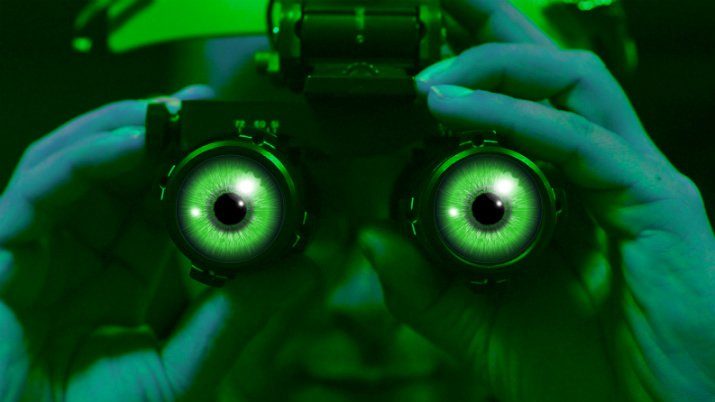Many mammals - including humans and mice - can only see the range of light wavelengths known as visible light. There are, however, other wavelengths that we cannot detect except with special equipment: night vision goggles are an example of IR detecting technology. In a Phys.org article, University of Massachusetts Medical School researcher Gang Han explained the basic science of vision. "When light enters the eye and hits the retina, the rods and cones-or photoreceptor cells-absorb the photons with visible light wavelengths and send corresponding electric signals to the brain," Han explained. "Because infrared wavelengths are too long to be absorbed by photoreceptors, we are not able to perceive them."
The injections consisted of nanoparticles that connected to photoreceptor cells and served as IR light transducers. The particles were designed to absorb the longer IR wavelengths and emit the shorter visible wavelengths, which are in turn absorbed by photoreceptor cells that signal the brain.
"In our experiment, nanoparticles absorbed infrared light around 980 nm in wavelength and converted it into light peaked at 535 nm,"University of Science and Technology of China scientist Jin Bao told Phys.org, "which made the infrared light appear as the color green." In other words, yes, scientists have developed technology that can give animals night vision. The researchers were optimistic about the possibilities that this holds for human subjects.
..."these nanoparticles not only provide the potential for close integration within the human body to extend the visual spectrum, but also open new opportunities to explore a wide variety of animal vision-related behaviors. Furthermore, they exhibit considerable potential with respect to the development of bio-integrated nanodevices in civilian encryption, security, military operations, and human-machine interfaces, which require NIR light image detection that goes beyond the normal functions of mammals, including human beings.The effects of the injections lasted approximately ten weeks, with the animals experiencing only a few minor side effects - blurred vision among them - that subsided.




Reader Comments
to our Newsletter